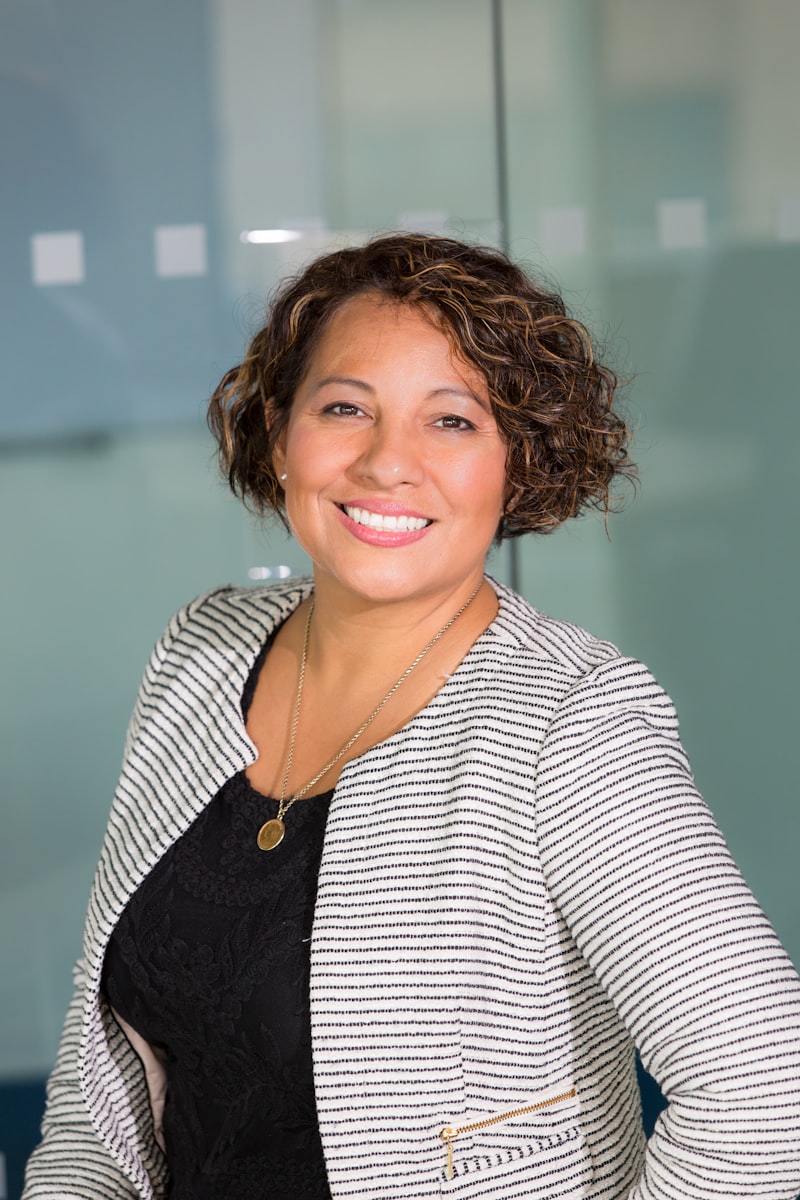You're more than a credit score. We built technology that sees your whole financial picture and matches you with lenders most likely to approve you—at rates you can actually afford.
✓ No credit impact • ✓ 100% free • ✓ Takes 2 minutes

People Matched
In Approved Loans
From Real Users
Average Time
Getting matched with the right lender is simple and fast
Quick 2-minute form with basic information. No impact on your credit score.
Our platform searches hundreds of trusted lenders to find matches for your situation.
Review personalized offers and select the one that works best for you.
We've been in debt. We've been rejected. We built SwipeSolutions because we know how it feels to be treated like a number. You're not.
Our technology analyzes hundreds of lenders in seconds to find matches based on YOUR situation—not just your credit score. Better matches. Better rates. Better odds.
See how we've helped borrowers just like you
I felt like a person, not an application. And somehow they found me 3 options when everyone else said no.
The AI thing sounded gimmicky but it actually worked. Got approved in 24 hours.
Finally a loan site that doesn't feel like a trap.
Get answers to common questions about our service
Join 50,000+ borrowers who found hope and financial solutions. No impact on your credit score to check your options.
✓ No credit impact • ✓ 100% free • ✓ Takes 2 minutes
Free service • Fast approval • Trusted lenders